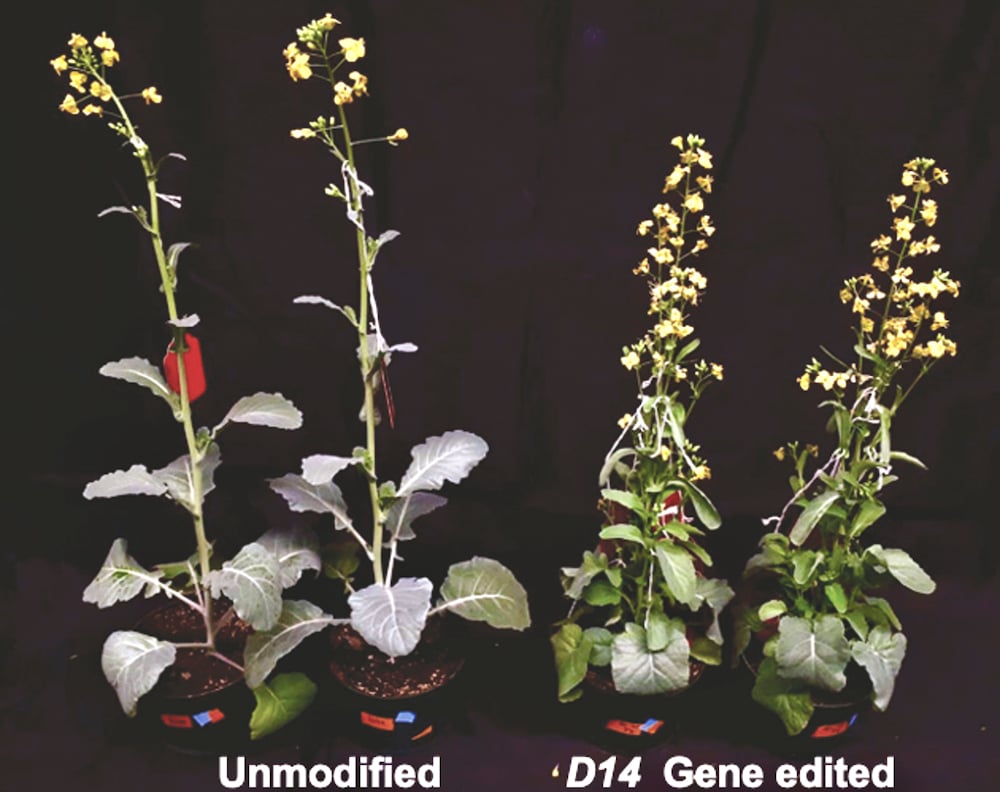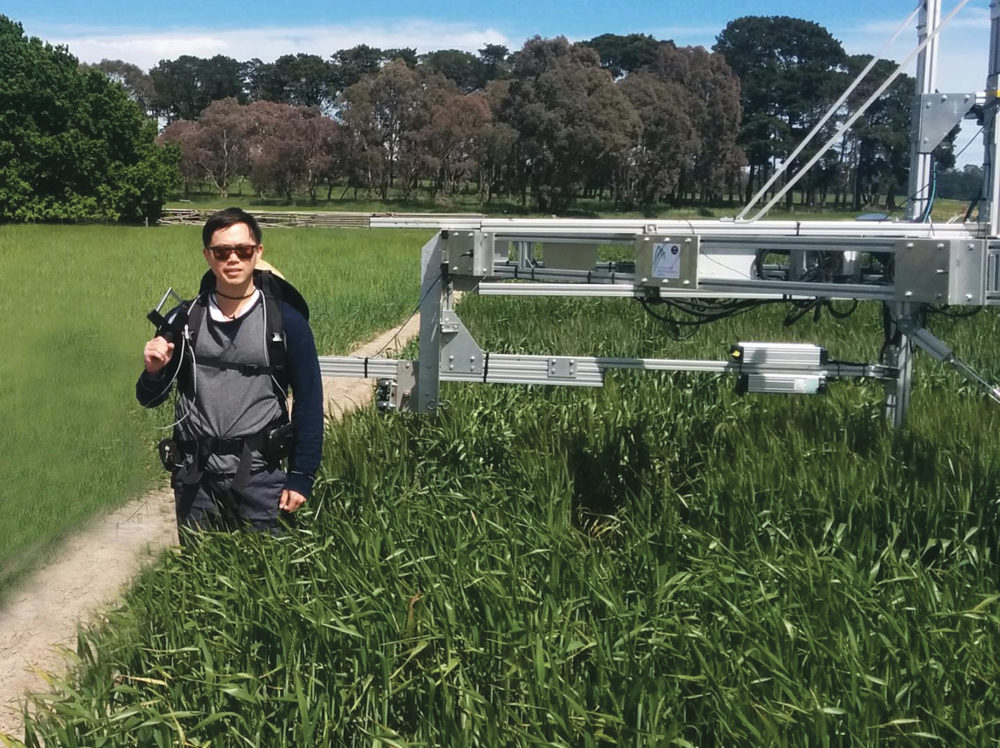University of Tokyo researchers are telling what might seem a tall tale — or should that be tail?
They’ve published a study in the journal Nature Plants which says plants can tell if they’re being attacked by detecting whether or not the RNA in question has a threaded bead-like structure at the end. This ‘tail’ tells them if the RNA is from the plant itself or elsewhere.
This tells the plant whether it’s time to activate its ‘immune system’ to attack a foreign invader.
Read Also

Port of Churchill searches for year-round trade
Climate change is keeping sea lanes open longer at the Port of Churchill, speaker says, and that might boost plans to expand the scope of Manitoba’s deep-water Arctic seaport
Researcher Yukihide Tomari used biochemistry techniques in the laboratory to replicate the biological process in the test tube and identified and described the molecules involved.
“Classical biochemistry techniques are one of our lab’s strengths,” Tomari said.
Tomari and PhD student Kyungmin Baeg produced a key enzyme in initiating the defence mechanism, from the plant. They then observed how it behaves when mixed with foreign RNA containing a ‘tail’ of varying length.
The research group found that if the RNAs contained a ‘tail’ at their ends, the immune system did not consider the RNA an invader, while RNAs lacking the tail were perceived as foreign, triggering a defence response.
“It turned out that the enzyme itself can discriminate the presence of the ‘tail’ and this single-enzyme system is much simpler and more elegant than we initially thought,” Baeg said.
Their finding provides an answer to the quarter-century-old question of why RNAs belonging to the plant escape its self-defence mechanism, paving the way for future biotechnological techniques to modify crops.















